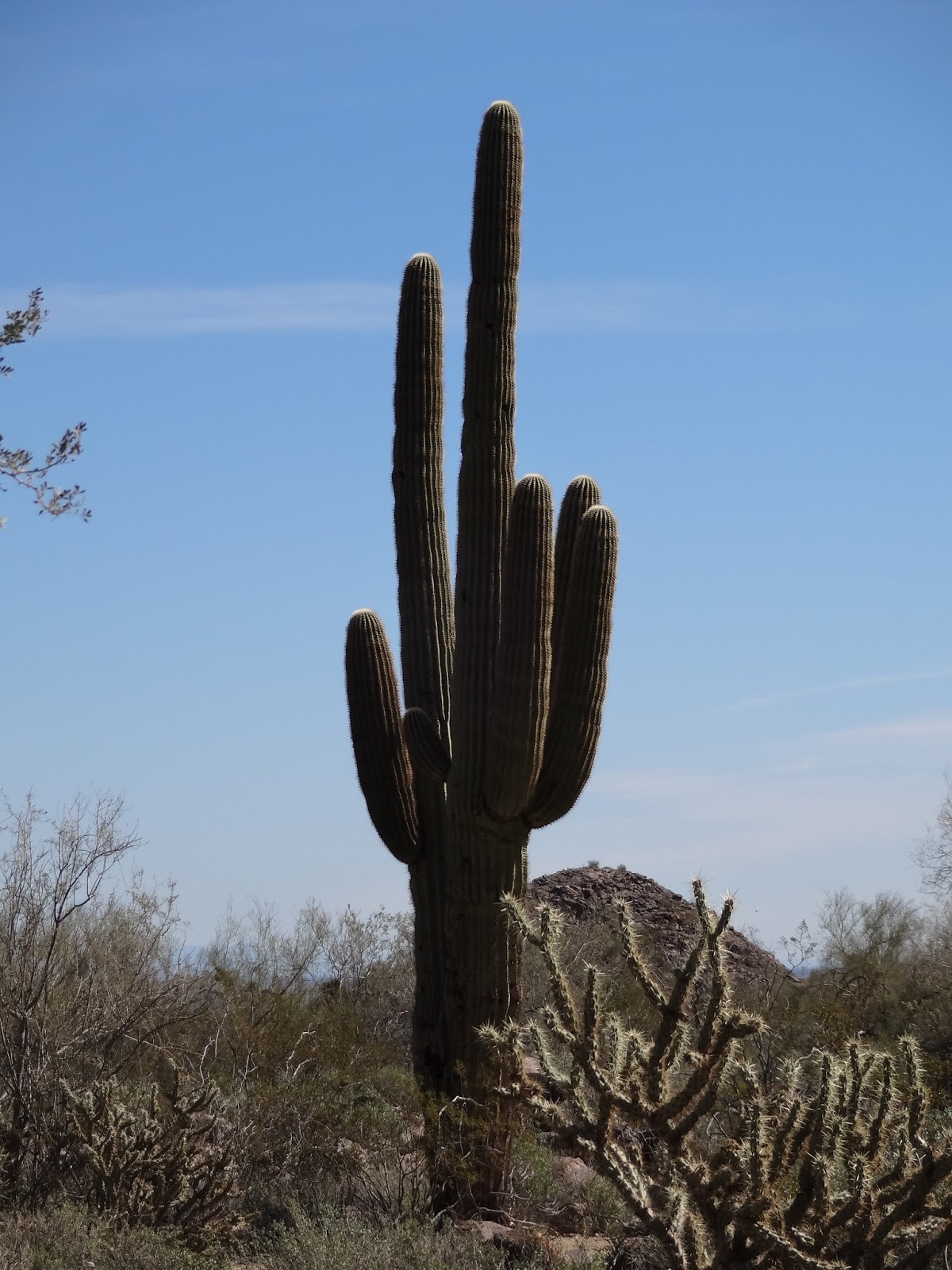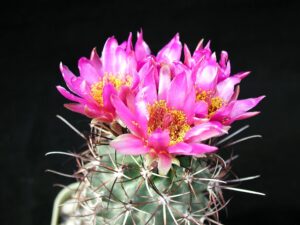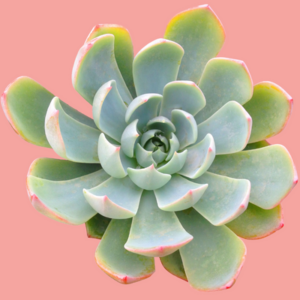Arizona is renowned for its diverse and spectacular landscapes, one of the most iconic being the vast stretches of arid deserts punctuated by towering cacti. These remarkable plants have not only adapted to the harsh desert climate but have also become emblematic of the Southwestern United States. This article delves into the common cacti found in Arizona, spotlighting the most popular and recognizable species that define the region’s unique ecology.
The appeal of Arizona’s cacti extends beyond their aesthetics; they are resilient survivors within a challenging environment. From their distinctive silhouettes to their captivating blooms, these plants captivate both locals and visitors alike. Learning about the various cacti can help enthusiasts choose the right specimens for landscaping, conservation, or simply appreciating the desert’s flora.
Let’s explore the most prominent cacti found in Arizona, highlighting their characteristics and ecological significance.
Characteristics of Saguaro Cactus: The Icon of the Desert
The saguaro cactus (Carnegiea gigantea) stands as the quintessential symbol of the American Southwest. Towering to heights of up to 40 feet and living for over 150 years, this colossal cactus is a sight to behold. Its large, iconic arms extend skyward, resembling a welcoming gesture against the vibrant Arizona sunset.
Saguaros thrive primarily in the Sonoran Desert, thriving in its sandy soils and enduring the scorching heat. Their ability to store an impressive amount of water allows them to survive prolonged droughts, making them a vital element of desert ecosystems. These water-storing capabilities are critical in times of scarcity, providing hydration for various wildlife species.
During the spring months, the saguaro unveils its stunning white flowers, which bloom only at night, attracting pollinators like bats and moths. These flowers are not only beautiful but they give rise to delicious, red fruits known as “saguaro fruit,” which have been traditionally harvested by Native American tribes for food and ceremonial purposes.
The Ecological Importance of Organ Pipe Cactus
The organ pipe cactus (Stenocereus thurberi) is another notable species found in Arizona, particularly in the Organ Pipe Cactus National Monument. Named for its resemblance to a musical organ, this cactus features multiple tall, upright stems that can grow to 20 feet in height. The organ pipe cactus is unique because, unlike many of its relatives, it requires a cooler climate to thrive and prefers the shaded protection of nearby monsoon-soaked canyons.
This cactus plays a critical role in its environment. Its flowers bloom in the evening and are predominantly pollinated by nocturnal creatures, including moths and bees. The fruit is consumed by a variety of desert inhabitants, from birds to small mammals, further underscoring its ecological significance as a food source. Its adaptability to the desert’s changing conditions exemplifies the resilience of life in Arizona’s wilderness.
A Journey Into the World of Cholla Cacti
Cholla cacti (Cylindropuntia spp.) are another notable group characterized by their jointed stems, resembling elongated cylinders covered in spines. There are numerous species of cholla, each exhibiting unique features, but the Teddy Bear Cholla (Cylindropuntia bigelovii) is particularly well-known for its deceptively soft appearance. Known colloquially as “jumping cholla,” this species can easily shed segments that embed in unsuspecting passersby, thus earning its nickname.
Cholla cacti thrive in sunny, dry environments where they can access essential sunlight. They are an important part of the desert ecosystem, providing shelter and food for various wildlife. The tiny flowers that bloom in the spring add a splash of vibrant colors to the barren landscape and attract bees, birds, and butterflies, connecting a web of life in an otherwise hostile environment.
The Resilient Barrel Cactus
Barrel cacti (Ferocactus spp.) represent another distinctive group of cacti characterized by their round, barrel-like shapes. They can be found throughout Arizona and come in various sizes, some reaching several feet tall. The golden barrel cactus (Echinocactus grusonii) is particularly admired for its aesthetic appeal and striking symmetry.
These cacti are incredibly resilient and possess thick, waxy skin that helps to reduce water loss, a crucial adaptation in the arid desert climate. The flowers of barrel cacti emerge at the crown of the plant and are typically bright yellow or red, blooming in late spring and summer. They attract pollinators that help to continue the lifecycle of this iconic desert plant.
The barrel cactus also provides vital resources for many desert-dwelling creatures. Birds often nest within their protective arms, while mammals may consume the fruit and flowers during scarce feeding times. The resilience and utility of the barrel cactus make it an integral component of Arizona’s diverse desert ecosystems.
Conclusion: Embracing Arizona’s Cacti
Fascination with Arizona’s cacti extends beyond their aesthetic beauty; it encompasses their ecological roles and survival strategies. Each species, from the majestic saguaro to the fiery barrel cactus, contributes to the intricate tapestry of life in the desert. Understanding these unique plants equips us with a deeper appreciation of the natural world and encourages sustainable practices to preserve these extraordinary species.
Whether planning a visit to witness their grandeur in person or considering them for landscaping, embracing Arizona’s cacti enriches our connection with this unique environment. It serves not only to highlight their beauty but also to celebrate their resilience and the vital role they play in sustaining the desert ecosystem for generations to come.





Leave a Comment